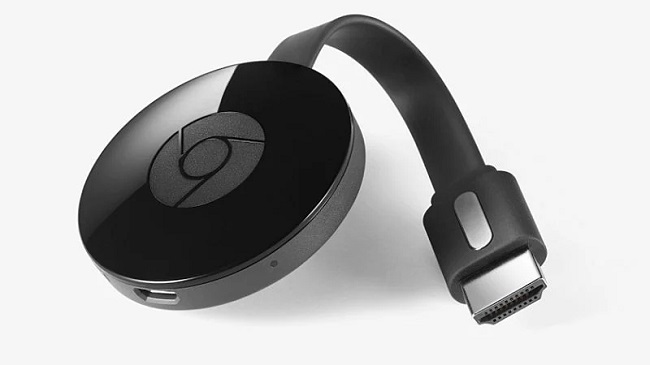Google Chrome, one of the most popular web browsers worldwide, offers a variety of features to enhance user experience, one of which is casting content from your device to a larger screen like your TV.
However, many questions surround this topic – Can you cast Chrome from your phone to TV? How can you do it without Chromecast? Why might you face issues casting to your TV?
This article will provide detailed insights into these topics, with a specific focus on Android TV, Android phones, and iPhones. We’ll also delve into the workings of Google Chromecast.

Contents
Can I Cast Chrome from Phone to TV?
Yes, you absolutely can. Google Chrome on your phone comes with a built-in feature to cast most of your content, including videos, pictures, and even tabs. Here’s how:
- Ensure your phone and your TV (with Chromecast or a Chromecast built-in device connected) are on the same Wi-Fi network.
- Open Chrome on your phone and go to the website or content you want to cast.
- Tap on the three dots in the top right corner of your Chrome browser, opening the settings dropdown.
- Tap on ‘Share’ and then select ‘Cast’ from the options.
- Select your Chromecast device from the list of available devices. Your content should now be visible on your TV.
Casting Chrome from Phone to TV Without Chromecast
While Chromecast is a popular method, it’s not the only way to cast Chrome from your phone to your TV. If your TV supports Miracast, you can use this feature to mirror your screen:
- Go to your phone’s settings and open ‘Connected devices’ (the name may differ depending on your phone).
- Select ‘Cast’ or ‘Screen Cast’.
- Your phone will search for devices to cast to. Select your TV from the list.
- Your phone’s screen, including your Chrome browser, will now be mirrored to your TV.
Remember, this method will mirror your entire screen, not just your Chrome browser.
Why Can’t I Chromecast to TV?
Sometimes, you might face difficulties casting to your TV. These issues can stem from various sources:
- Wi-Fi Connection: Your Chromecast device and casting device should be connected to the same Wi-Fi network.
- Device Compatibility: Not all devices are compatible with Chromecast. Ensure your devices meet the required specifications.
- Software Updates: Make sure your Chromecast and Google Chrome are updated to the latest versions.
If you’re still facing issues, try rebooting your devices, resetting your Chromecast, or reaching out to Google’s customer support.
Casting Chrome to Android TV and from Android Phone
You can cast Chrome to an Android TV or from an Android phone using the same steps mentioned above since Android TVs often come with built-in Chromecast support.
Casting Chrome from iPhone
Casting Chrome from an iPhone is slightly more complicated as Google Chrome for iOS does not support the ‘Cast’ function as of my knowledge cutoff in September 2021. However, you can use screen mirroring if you have an Apple TV:
- Connect your iPhone and Apple TV to the same Wi-Fi network.
- Swipe down from the top right corner of your iPhone to open the Control Center.
- Tap on ‘Screen Mirroring’ and select your Apple TV from the list.
Now your iPhone’s screen, including Google Chrome, will be mirrored on your TV.
How Does Google Chromecast Work?
Google Chromecast is a streaming device that connects to the HDMI port on your TV and uses your Wi-Fi network to stream content from your connected devices like laptops, tablets, or smartphones.
When you select the ‘Cast’ option in a supported app, the Chromecast device accesses the same Wi-Fi network to fetch the content directly, rather than mirroring from your device. This method saves battery life on your casting device and allows for higher quality streaming.
In conclusion
Casting Google Chrome from your phone to your TV offers an enhanced browsing and viewing experience. Regardless of whether you have a Chromecast, Android TV, or iPhone, there are ways to enjoy your small-screen content on a bigger canvas.
For the most recent and accurate information, refer to Google’s official guidelines or contact their customer support.






























